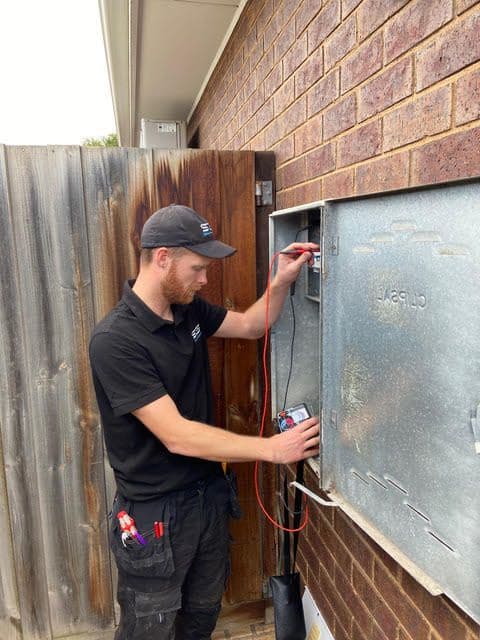Comprehensive guide to Electrical Testing in Residential properties

Why Is Electrical Testing Important?
Electrical testing in residential properties is paramount for several reasons:
- Safety: Regular testing helps identify potential hazards like faulty wiring, which can lead to electrical fires, shocks, or other dangers.
- Compliance: Ensuring your home meets Australian electrical standards can prevent legal issues and ensure your insurance remains valid.
- Efficiency: Electrical testing can uncover inefficiencies in your system, potentially saving you money on energy bills.
- Peace of Mind: Knowing your electrical system is in top shape can provide peace of mind for you and your family.
What Does Electrical Testing Involve?
Electrical testing involves a comprehensive examination of your home's electrical system. Here are the key components:
1. Visual Inspection
Before any technical testing, a thorough visual inspection is conducted. This involves checking:
- Wiring: Looking for visible signs of wear, damage, or outdated wiring.
- Outlets and Switches: Ensuring they are in good condition and functioning correctly.
- Electrical Panels: Checking for any signs of tampering, damage, or wear.
2. Continuity Testing
Continuity testing ensures that electrical components and circuits are connected correctly. This involves checking that there are no breaks in the wiring. A multimeter is typically used to measure the resistance within the circuit.
3. Insulation Resistance Testing
This test checks the integrity of the wiring insulation. Poor insulation can lead to electrical leaks and potential hazards. The test involves applying a voltage to the wiring and measuring the resistance, ensuring it meets safety standards.
4. Earth Resistance Testing
Proper grounding is crucial for electrical safety. Earth resistance testing ensures that the electrical system is adequately grounded. This involves measuring the resistance between the electrical system and the earth ground.
5. Polarity Check
Ensuring correct polarity is essential to avoid dangerous situations. A polarity check verifies that the live, neutral, and earth wires are connected appropriately.
6. Circuit Breaker Testing
Testing circuit breakers ensures they are functioning correctly and can handle the current load. This includes checking for proper operation and response time in case of overloads or short circuits.
7. RCD Testing
Residual Current Devices (RCDs) are crucial for protecting against electrical shocks. RCD testing involves simulating a fault condition to ensure the device trips as expected.
When Should Electrical Testing Be Done?
- New Installations: After any new electrical installation, thorough testing is essential.
- Regular Maintenance: It's recommended to have your home's electrical system tested every 3-5 years.
- Before Purchasing a Property: An electrical inspection can reveal any hidden issues.
- After Major Renovations: Ensure any changes haven't affected the electrical safety of your home.
Trust SES Melbourne for Your Electrical Testing Needs
At SES Melbourne, we are committed to ensuring the safety and efficiency of your home's electrical system. Our team of qualified electricians in Altona North is equipped with the latest tools and knowledge to conduct thorough electrical testing.
Don't wait until a small issue becomes a major problem. Contact SES Melbourne today to schedule your residential electrical testing and experience peace of mind knowing your home is in safe hands.
Feel free to reach out if you need any more information or assistance!